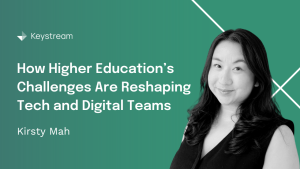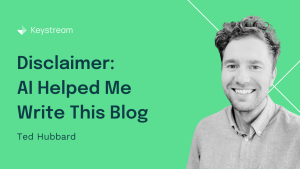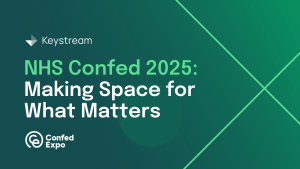27.11.2024
Benefits are like Pokemon – you’ve got to catch them all!
I’ll be the first to admit, I may have over done it on the title. But there is a seriousness to the point I raise. In my experience, I have conversations with client teams who can tell me about all the “fantastic” work they are currently doing or plan to deliver but lack either all the detail or most of the detail on one critical area: benefits.
In the current climate where there are change programmes almost everywhere you look (e.g. infrastructure, digital, operations) and value for the public purse is under intense scrutiny, it is important that each programme has correctly understood and ironically, “valued” the role of benefits design and monitoring. Without this, how can anybody be sure that the change, irrespective of programme scale, would deliver or has delivered any impact and benefits, let alone whether these are the desired outcome(s).
As I often say to clients, let’s make the complex, simple. Benefits are no exception to this rule, and when I walk through the benefit journey, I often keep to the below key principles which I hope you’ll relate to and find of use:
Start with the end in mind. Why are you undertaking this programme? What is the purpose of the change, what are you targeting to achieve? Clarity on these core benefit areas e.g. quality, operational, financial, will provide some key focuses for you to start your benefit mapping and work back on how best to achieve.
Don’t design benefits in isolation. Take people with you! Understand your direct and indirect stakeholders. Map stakeholders appropriately, considering differing organisations/business units/services, locations, workforce groups for example. Leverage these stakeholder groups to enhance your engagement, buy-in to the change, and to capture the potential direct and indirect benefits from the programme of work.
Collectively agree your assumptions and methodology. Given the importance of these on your overall outputs, leverage your stakeholders to support refinements and even cater for a range of scenarios. Where possible, design a working sheet or model which enables tailoring of the assumptions as you learn more about your programme and provides ease of benefit mapping from actions/schemes to outputs. Find the balance between generating outputs and managing your inputs at an appropriate level of granularity respective to the nature of the programme.
Don’t stop at design. Once designed and as your programme and change commences, create time to regularly monitor your benefits via robust governance. In designing the anticipated benefits, provide reporting mechanisms to track and agree actual delivery against the proposed trajectories, and via governance agree any associated revisions to your benefit forecasts. In doing so, you will identify what is working well and equally, evaluate where opportunities exist to learn and alter approach.
If you have any reflections on the above or are undergoing your own change programme and would like to discuss this further, I’d love to hear from you.




